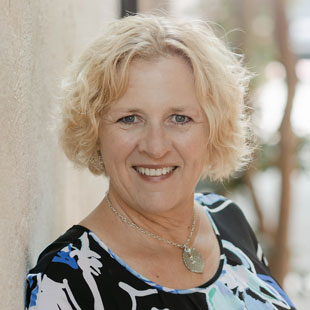 By Sherry Lutz Herrington, Business Strategist and Advanced Certified QuickBooks Online ProAdvisor
By Sherry Lutz Herrington, Business Strategist and Advanced Certified QuickBooks Online ProAdvisor
When you own your own business, you tend to be obsessed with the bottom line. You actually need to be in order to know what’s happening and to drive the success of the business.
Unfortunately, most business owners don’t understand what the “true bottom line” means or how to figure it out.
Most people know that a Profit and Loss Statement (also known as an Income Statement or a Revenue Statement) is a reporting of total income earned, minus the cost of goods sold (COGS), minus operating expenses. This gives you your net profit.
What many people fail to comprehend is that net profit is not truly the bottom line.
Knowing what you are netting is critical, of course, but it is not the entire story. You must also take into consideration cash that leaves the company but does not hit the Profit and Loss. To figure this portion out, you need to understand how the Balance Sheet works.
A Balance Sheet is the recording of the assets, liabilities and equity in the company. Total assets equal total liabilities plus equity; hence the term “balance sheet”. The two sections always balance.
It’s important to understand that when you pay a liability, the payment comes out of the company checking account, which is an asset account.
The value of the asset is reduced at the same time that the amount due on the liability is reduced.
Neither side of this transaction impacts the Profit and Loss because you are not paying for either a COGS or an expense. However, you are spending money and reducing the cash on hand.
A similar thing happens when you pay out equity. Equity consists of owner’s draws (also known as distributions) and owner’s contributions (money put into the company by the owner). The cash in the bank is reduced when an owner takes a draw. However, the transaction does not impact the Profit and Loss.
In both cases, money flows out of the company but is not recorded on the Profit and Loss. So, there is no impact to the net profit. Therefore, there is less cash in the bank than the total net profit.
When you look at the net profit, you are looking at how much money the company has earned during the period of the report. However, you are not examining how much cash is left in the bank.
Consider how much money was spent on liability payments and owner’s draws to get a true picture of the bottom line.
Let’s look at an example to make this clearer.
You started the year with zero in your bank account.
And you had a net profit of $100,000.
But you spent $30,000 to pay off a loan.
And you took $40,000 in owner’s draws.
You would only have $30,000 left in the bank.
$00.00 starting bank balance
+ $100,000 net profits
- $30,000 loan payments
- $40,000 owner’s draws
= $30,000 cash remaining
It may appear that the “bottom line” is $100,000 because that is the net profit. A smart business owner takes into consideration other money that was spent and does not show on the Profit and Loss.
This is essentially a simplified version of a cash flow statement. It is an easy way to keep an eye on the bottom line and ensure that you don’t run out of cash or spend more than you earn.
Knowing your net profit is important, but make sure you are always operating in the black and have enough money in the bank to cover your upcoming obligations.
A company’s true bottom line is more than just the bottom line of the Profit and Loss. Learn how to calculate this number. Focusing on it can make the difference between success and failure for any small company.
About the Author…
Sherry Lutz Herrington is the owner of Sherrington Financial Fitness, a business consulting and accounting firm specializing in strategic business planning and solid financial accounting for businesses. She is also the author of Strong Women Thriving, a blog which focuses on empowering women to be financially savvy, particularly after experiencing financial abuse. Sherry is currently writing a new book that both shares her personal story and addresses financial abuse. She can be reached at [email protected]. Sherry is based in California and is a member of NAWBO Central Coast.

